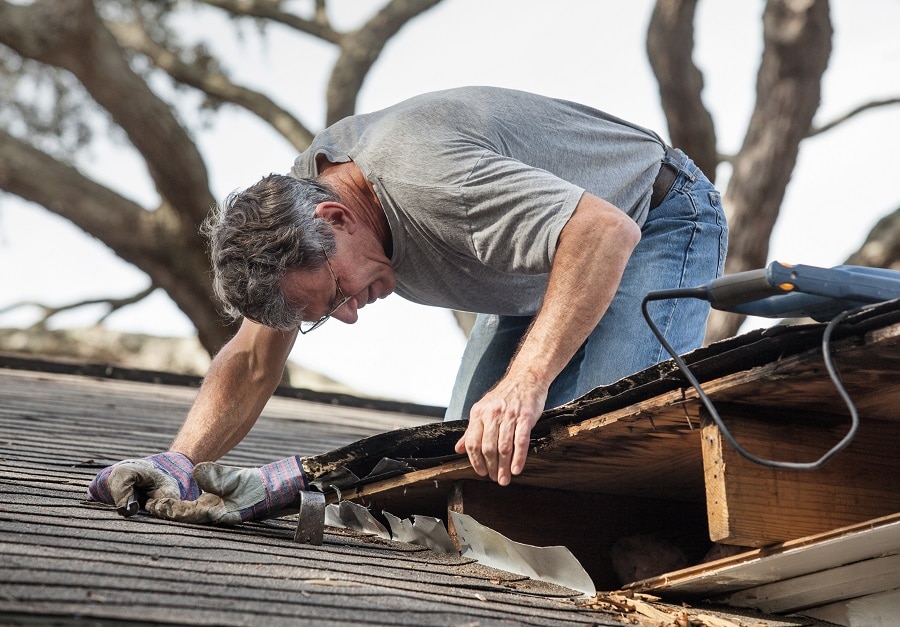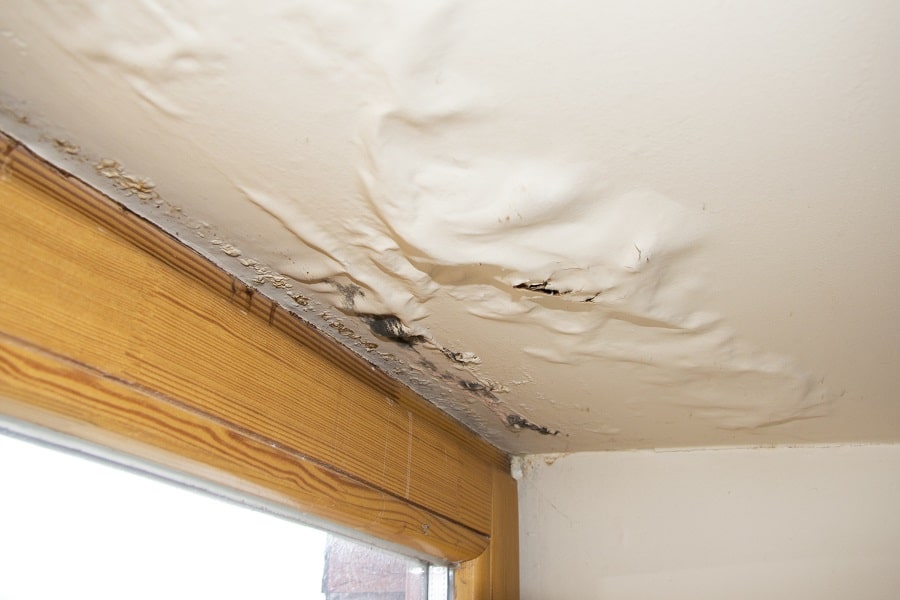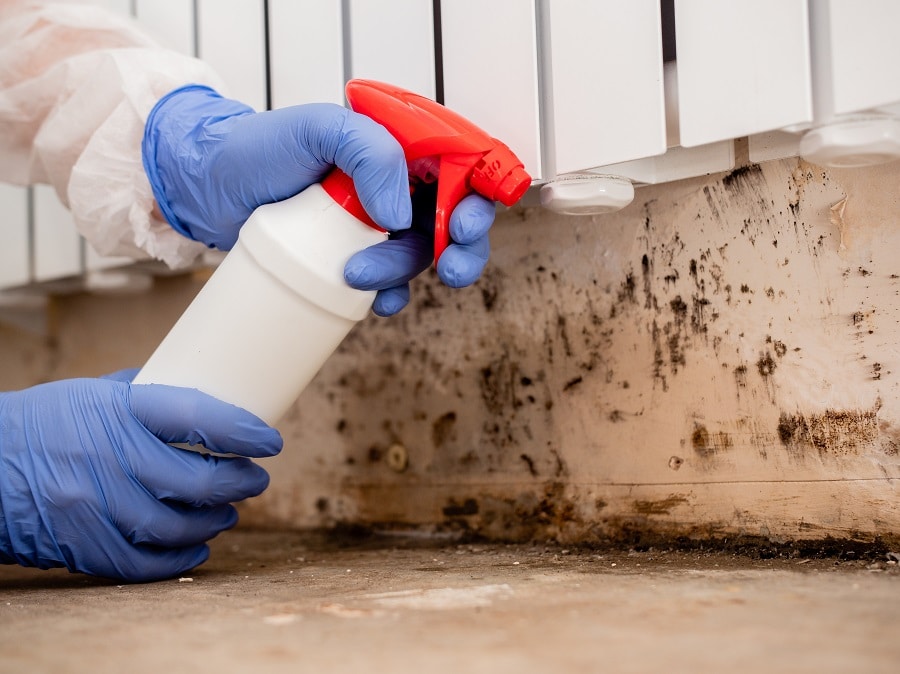Timber decay within buildings of any age is often caused by rot. Wood rot comes in two predominant forms: wet and dry rot, and they both occur as a result of fungal decay in building timbers.
What is Wet Rot?
This type of rot can be found in wet timber. It alters the structure of the timber, causing swelling and separating its fibres, which leads to crumbling and loss of strength in the structure. Wet rot causes wood decay and loss of structural integrity, making the timber disintegrate. Wet rot in structural wood is due to increased exposure to moisture. This could be from the ‘wet’ side of the structure, through faulty plumbing or penetrating damp. Wet Rot is a fungus and will spread to neighbouring timbers, which in turn suffer damage.
Our Guarantee
- upto 30 year guarantee
- customer focused team
- 20 years combined experience
- portfolio of satified customers
- attention to detail
- Construction line accreditation
- public liability insurance
- CHAS accreditation
What is the Difference Between Dry Rot and Wet Rot?
Dry rot inflicts extensive damage much faster to structural timber as it spreads through the affected building. Meanwhile wet rot, despite being a more common occurrence, causes less damage; decay is typically restricted to the areas that remain wet on the timber. In the absence of noticeable fungi, we can identify wet or dry rot by observing the variation in timber colour and the size of the cracks seen on the timber.
What causes Wet Rot?
Certain environmental conditions dictate the appearance of wet rot spores on timber. The primary cause of wet rot is moist timber. Moisture can speed up the development of wet rot. In these cases, the timber starts to show visible signs of decay.
The Dangers of Wet Rot in Lewes
Wet rot poses a serious risk to the longevity of a building. It can even reduce the market value of the affected property. Wet rot must be treated immediately it is noticed, or it will spread throughout your home. A survey of 2,038 London property owners inquired whether they had experience with wet rot in their homes, where the problem was identified, and how effective they were at preventing future cases.
Surprisingly, out of the respondents, 20% had battled some form of wet rot. Wet rot damages timber floors and can even affect the building’s structural integrity. Besides causing costly repairs, it could reduce your property’s value. A majority of insurance providers don’t provide policies to homes with signs of moisture ingress or damp build-up.

What are the Warning Signs of Wet Rot?
Signs of Wet Rot or the conditions needed by the fungus to become pervasive can vary depending on type cause of moisture with a property. Some noticeable signs include a musty smell, wallpaper peeling, the central heating boiler malfunctioning, and cookers not working properly. Common areas where you can find wet rot include underneath the kitchen sink, along external walls, and roof spaces/attics. Wet rot commonly affects older houses built using timber frames as opposed to modern species like Meranti and Sapele. Timber that is found below ground level or reaching a one-floor level is susceptible to wet rot as well. Recognising wet and dry rot is the first step on the road to tackling it. If you believe your home has a wet rot infestation, a damp survey is necessary.
Call Our Sussex Damp Experts team now for quote, consultation and advice:
Call on 01273 257 765.
How and When Should I Look for Wood Rot?
The same as spring cleaning, searching for signs of rot and damp is a task that should be undertaken annually. The pre-winter preparation period is a great opportunity for you to do this. The inspection requires a long-handle screwdriver as well as a powerful flashlight.
If your home has wood siding, you should examine it for signs of discolouration or swelling. Paint can often disguise wood rot, so poke the siding with the screwdriver to make sure that the wood is solid. If you notice that the wood feels spongy and the surface gives in to pressure, then you have wood rot. Examine the attic for discoloured wood with a powerful flashlight. Transition to the screwdriver test if you notice any. You need to examine the roof decking’s base, the edge of the attic where the eaves are fashioned out of angled rafters, and the intersection of logs at the rooftop. These are the best locations for wood rot to grow in the attic.
With the flashlight search for discolouration around the border wood plate that sits on top of your concrete basement wall, scrutinize the wood members. Inspect any discoloured areas using the screwdriver. Examine walls and floors for signs of water leaks or discolouration under sinks, around tubs and baths, and the water heater.
How do we identify wet rot?
Detecting wet rot is not as simple as it might sound, many forms of the fungus affect timber differently. An excellent way to confirm rot in painted timber is to stick a knife in it, up to the hilt. Our specialist damp proofing experts have years of experience and are trained to look for the following:
- Localised fungal growth on timber
- The soft, spongy feel of timber; the affected area appears darker than the surrounding timber.
- The soft and spongy texture of rotting timber; the affected region often looks darker than the other parts.
- That spongy, soft feel timber gets when affected by wet rot; the affected parts are darker than the other areas.
- The spongy, soft texture of rotten timber; the infested area is darker than the other parts.
- The springy feeling that is an indicator of wet rot; the affected area is often darker than others around it.
- Crumbling of affected dry timber into particles.
- Dry timber crumbling into particles.
- The crumbling of infested timber into dry particles.
- Dried-out timber disintegrating into particles.
- The disintegration of rot-eaten timber into particles.
- Shrinking timber
- Bleaching wood in window and door frames
- Flaky or damaged paint
- A musty, damp smell
What to Do After You Detect Wet Rot?
You need to engage the help of a damp expert when you notice wet rot. The source of moisture must be identified and blocked to avoid similar cases in the future. Call Sussex Damp Experts on 01273 257 765 today to get more information about wet rot treatments.
Wet Rot and Damp Proofing in Lewes

If you need help with Wet Rot or Damp Proofing you are in the right place. Call us if you notice any signs of damp or wet rot in your home, we can fix the problem and help you avoid the health risks and potential damage to your building’s structural integrity as the decay spreads. One of our qualified damp surveyors will be able to determine the cause of the problem and the best course of action to rectify the issue.
Timber damp proofing is a deliberate attempt to protect the timber from moisture damage which could lead to decay. There are two main ways to protect the timber.
You should not rely on surface treatments; they fail often and can even worsen the situation. The only available solutions include covering the surfaces using membranes, treating or replacing the timber. If you need further information on wet rot treatment from one of our experts, call 01273 257 765 today.
Wet Rot Treatment Specialists in Lewes
With more than 20 years of experience, we are one of Lewes’s leading wet rot specialists; offering site surveys and cost estimates at no charge to private and commercial property owners. Our damp proofing and wet rot experts will visit your property, identify any signs of water ingress or wet rot and advise you on the best course of action. Our team of experts can diagnose and treat all types of wet rot in properties using advanced methods.
Wet Rot Treatment in Lewes
Typically, wet rot occurs only in locations where timber has been exposed to moisture and where the wood continues to be damp. Nevertheless, during wet rot treatment we don’t just fix the damage alone, we address the issue from the source. We examine the pathways moisture takes in reaching the timber and block them all off, eliminating the possibility of a repeat case. You should make sure wet rot treatment is handled by professionals to guarantee the best results. Delay in treatment results in pricey repair work down the line. You are best served to contact damp proofing specialists such as Sussex Damp Experts immediately you notice signs of fungi development or hyphae strands.

We have the expertise to effectively treat wet rot. Sussex Damp Experts is always ready to help, we quickly identify the cause of the humidity and the affected areas. Delaying could be fatal, call 01273 257 765 today or fill the contact form to save your timber!
Our Wet Rot Treatment Process in Lewes
The more you delay starting treatment, the worse the situation becomes. If you identify the presence of the fungal rot early, treatment can usually be confined to a small area of timber. In more severe cases, where wet rot has spread its tentacles across the breadth of your timber, you may have to replace entire timbers beams or intake major remedial works. You must take several steps to treat wet rot. The wet rot treatment should start by attacking the problem at the root; protecting the timber from contact with moisture. If there is a seepage of water into your home or timber, regardless of whether the cause is broken guttering, condensation, or anything else, we locate the source of water/moisture ingress and take corrective action. Inexperienced contractors and builders tend to focus on replacing the decayed wood. This is usually followed by applying chemical preservatives to the damaged area. Such an approach is assured of failure. If you notice even the slightest signs of wet rot in your property, the team at Sussex Damp Experts is more than happy to help out. Call us today.
What happens to Wet Rot if left untreated?
Overlooking wet rot can only lead to weakened structural timber which could have dire consequences for the residents. The timber gets soft and spongy as rot sets in, this means it will cave in when prodded with a sharp-edged object like a knife or screwdriver. An extreme result means that structural timbers lose their integrity over time. In a worst-case scenario, this means your property could be condemned. Call Sussex Damp Experts on 01273 257 765 and talk with our experts today!
What is the cost of Wet Rot Treatment in Lewes?
Rot can cause extensive damage to any property. Repair and damp proofing costs will be different for each project based on the type and level of damage inflicted on the wood. However, don’t let it deter you. With our team of experts on hand to help, you’ll quickly discover that with wet rot treatment in Lewes, it is more affordable than you would expect. We are here to help you make the right decision for your home and families wellbeing.
How to prevent wet rot?
Wood must be ideally kept dry and treated to prevent the timber from decaying. Wood hardeners for use on timber at risk of being affected by wet rot are also an effective measure. The wood gains strength after the hardener soaks into it. Areas of properties most affected by damp include sills, window boxes, timbers that touch brickwork but have not subjected to damp proofing treatment including the use of a fungicide and sealant.
Talk to Our Wet Rot Treatment Experts Today!
If you want to speak to our experts for further information on wet rot treatment, call 01273 257 765 today and let Sussex Damp Experts help.
FAQ
Is wet rot smelly?
Is Wet Rot Capable of Spreading?
Can Wet Rot Cause Health Problems?
Is there a DIY treatment solution?




